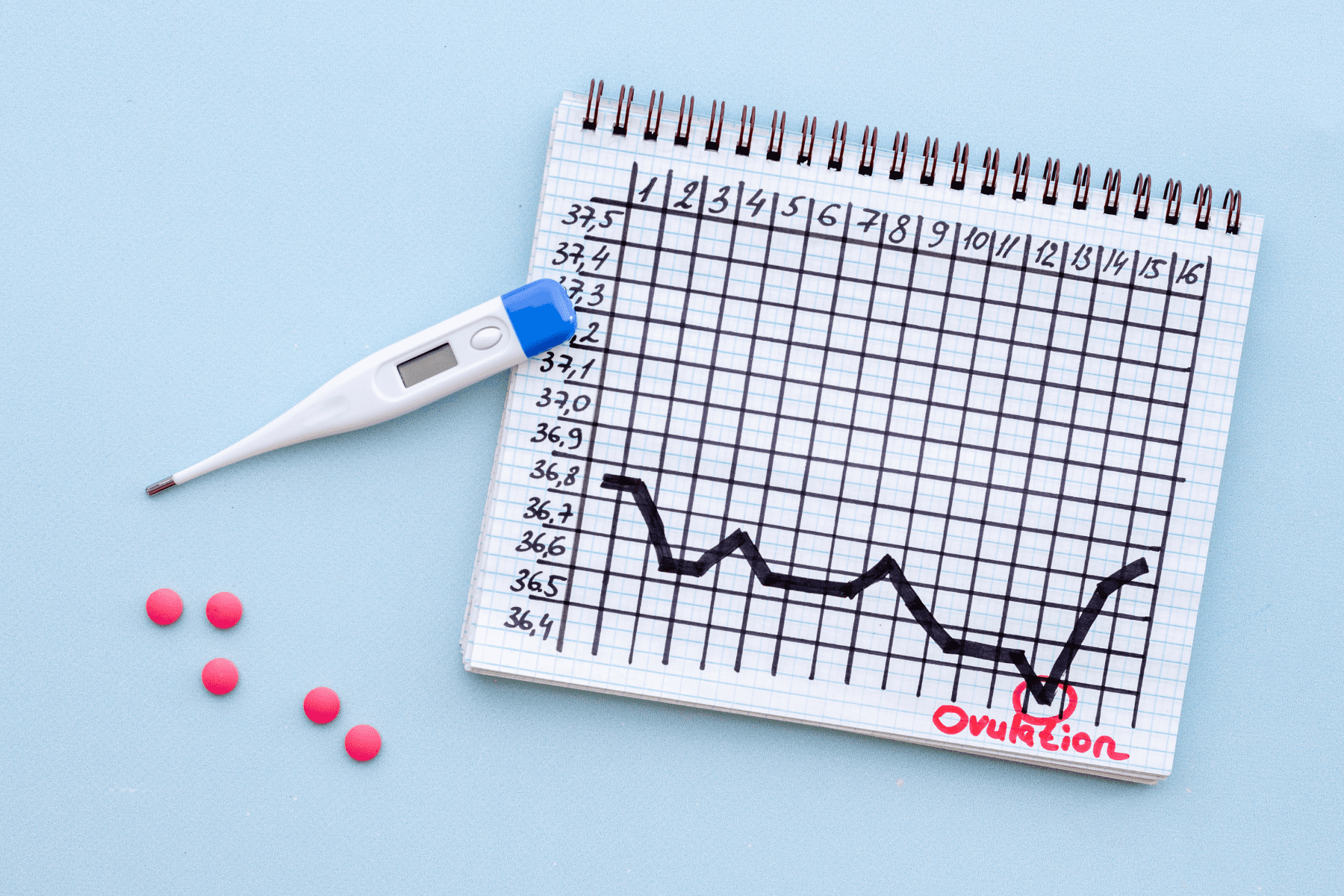We continue our efforts to keep you updated on advances in reproductive medicine and the availability of the newest technologies at Fertility Centers of Illinois. This letter provides information regarding Endometrial Receptivity Analysis (ERA®).
More research is indicating that IVF implantation failure can be caused not only by problems with the quality of the embryo (most often genetic errors) but because of problems with the endometrial lining – the tissue on the inside of the uterus that prepares each month for the arrival and implantation of an embryo. This can lead to an unsuccessful in vitro fertilization (IVF) due to implantation failure, even with a genetically healthy embryo.
In our fertility practice during the past six years, we have been using a cutting-edge test called the Endometrial Receptivity Analysis (ERA®) to improve the chances of a successful frozen embryo transfer in patients who have experienced unsuccessful IVF due to 1 or 2 frozen implantation failures. This ERA test helps reproductive endocrinologists determine the right time to transfer an embryo, and we have experienced superb results.
What Is ERA®?
The Endometrial Receptivity Analysis is an advanced, personalized, genetic diagnostic method developed by IGENOMIX that evaluates a woman’s endometrial receptivity (the status in which the endometrium is ready for embryo implantation) from a molecular point of view. In the endometrium, numerous proteins are produced under the influence of estrogen and progesterone. These proteins are involved in preparing the endometrium in terms of its thickness and receptivity for implantation. Protein production in all cells is regulated by “gene expression” (gene activation or inactivation). The ERA test analyzes the genetic expression levels of 238 genes related to the status of endometrial receptivity, assessing the activity of genes in the endometrial lining in order to pinpoint a woman’s optimum time for transfer of a frozen embryo. For 75-80% of women, 5 full days of progesterone, then thaw and transfer the embryo the next day, is the optimal ‘window for implantation’. The biopsy test assesses the status of the endometrium and determines whether the patient’s uterus has a receptive gene profile after the 5 days of progesterone.
How Is the ERA Test Cycle Done?
A ‘mock’ programmed cycle is most often done with approximately 2+ weeks of natural estrogen then adding 5 full days of natural progesterone (vaginal and/or Progesterone in oil (PIO) or both). For the ERA test, an endometrial biopsy must be performed at LH+7 (LH surge + 7 days) during a woman’s natural cycle or at P+5 (start of progesterone + 5 days) in a woman’s hormone replacement programmed cycle.
The biopsy consists of a 10-second scratching of the uterine lining to obtain tissue. It is usually painful for 10-30 seconds. Taking Aleve or Advil 1 hour before helps reduce the cramping. For those that want to use Valium to relax, a driver is necessary. The biopsy is sent to the Igenomix lab for analysis of the expression of 238 genes involved in the endometrial receptivity. (www.Igenomix.com).
Who Should Consider the ERA Test?
The analysis results determine whether the patient’s endometrium is classified as receptive or non-receptive by a computational predictor. If the patient is classified as non-receptive, it means the ‘window of implantation’ is displaced and not the typical 5 days of progesterone. Once this personalized window of implantation is identified, (4.5, 5.5, 6 or 7 days of progesterone, instead of 5 days) the embryo may successfully implant in a subsequent cycle called the Personalized Embryo Transfer.
The ERA test has now been shown to be helpful in several studies, involving thousands of patients who have experienced two to three implantation failures, despite good quality frozen embryos. A displaced “non-receptive” window of implantation has been detected in 20 to 25 percent of these patients.
ERA testing is most often recommended for patients who have had 1 or 2 frozen IVF implantation failures, despite a normal uterus and endometrial thickness (6 mm or more), and apparently healthy-looking embryos. It allows the ‘personalized window of implantation’ to be detected.
I will even offer ERA testing options to couples who only have a few frozen embryos, even if they have not failed a frozen transfer yet. In addition, for my couples who have done Pre-Implantation Genetic Testing (PGT) on their embryos, I will often offer the ERA test before doing a frozen transfer, since the testing of their embryos was so costly. It is a shame to fail with a genetically normal embryo because the timing of the progesterone and the transfer is off by 12-24 hours.
If you would like more information about the ERA test go to www.Igenomix.com.
We hope this information will be helpful to your practice. We welcome any questions by you, your staff or your patients on this topic or any other subjects covered in our Information Letter series. Feel free to call any of our physicians at 877.324.4483.






